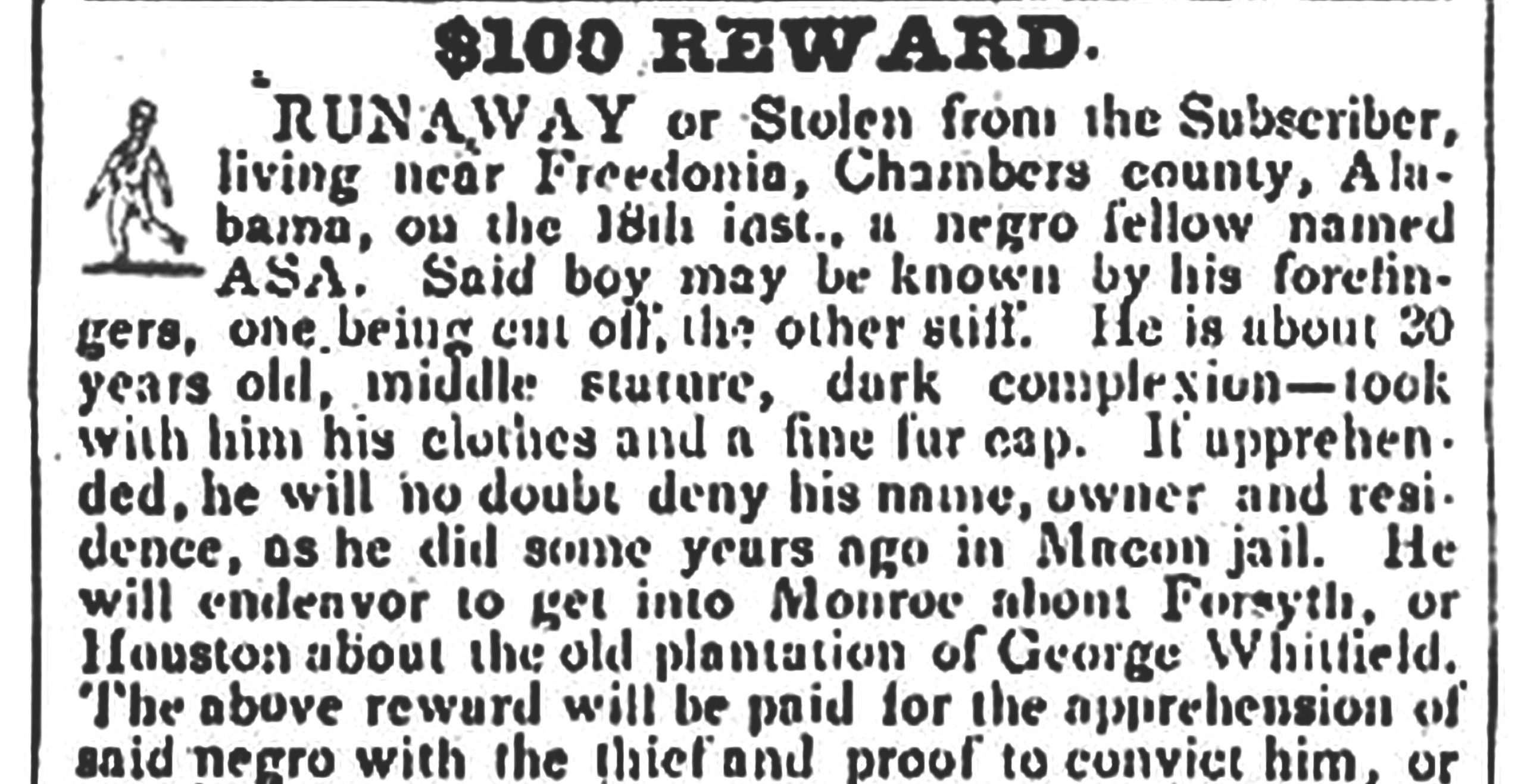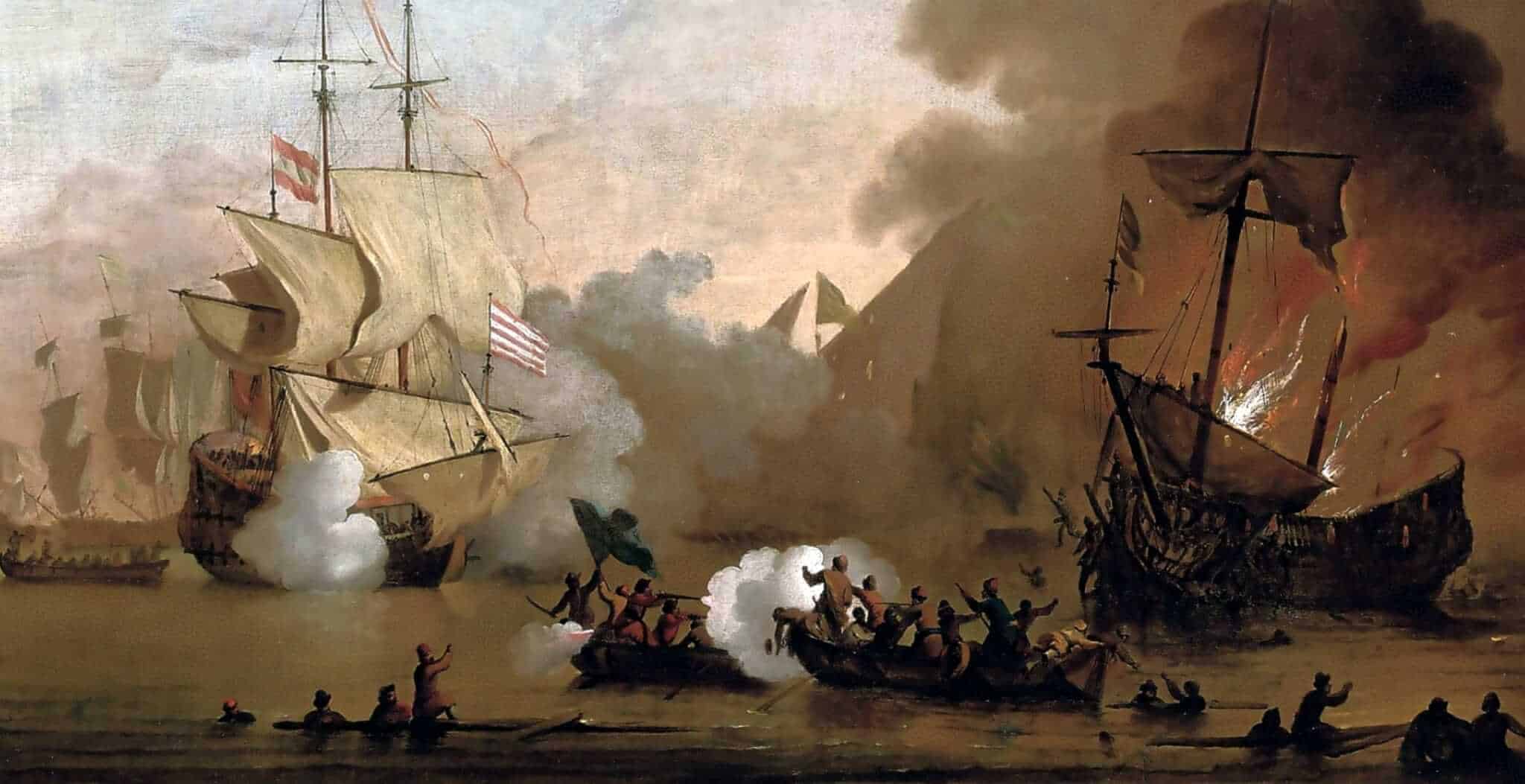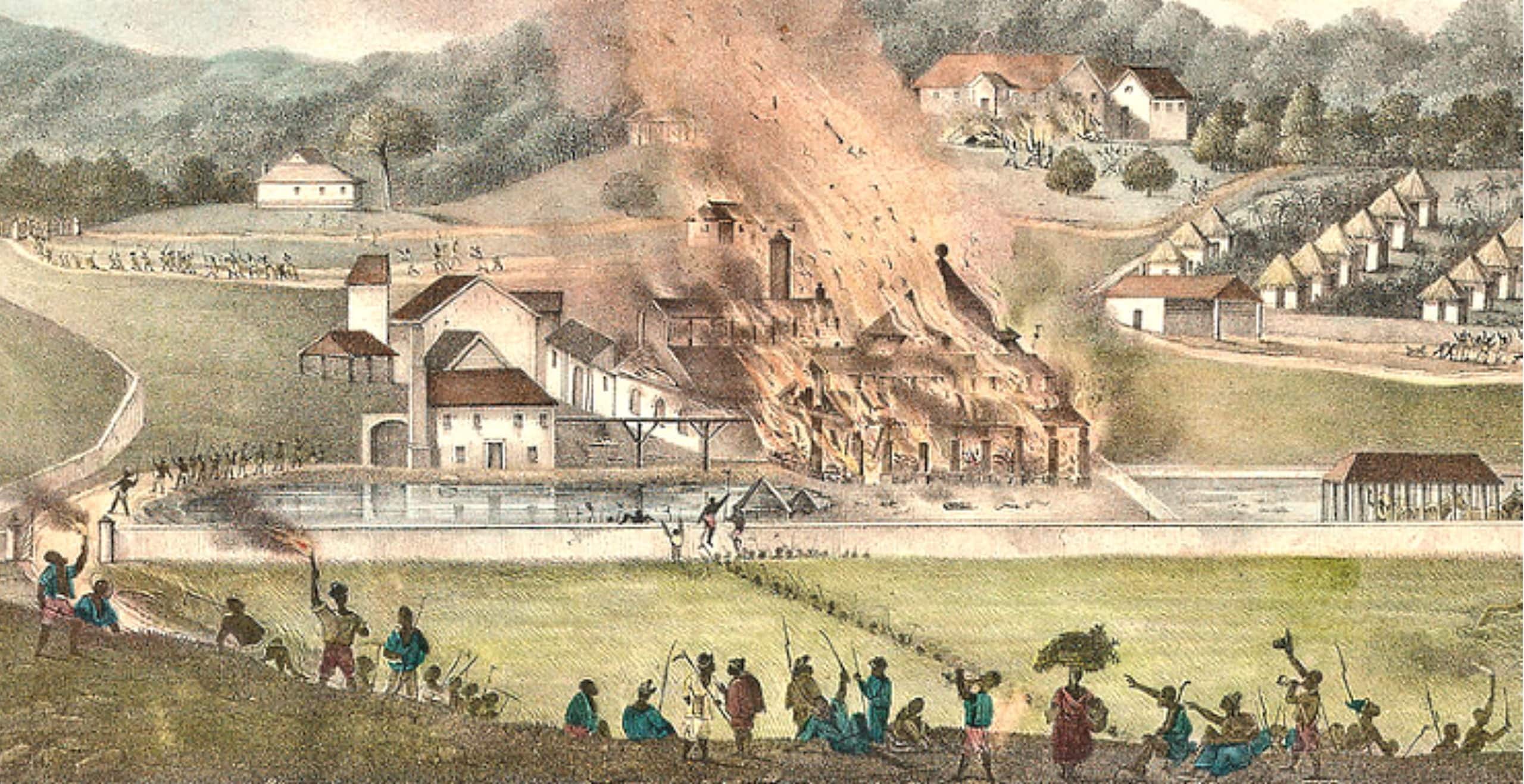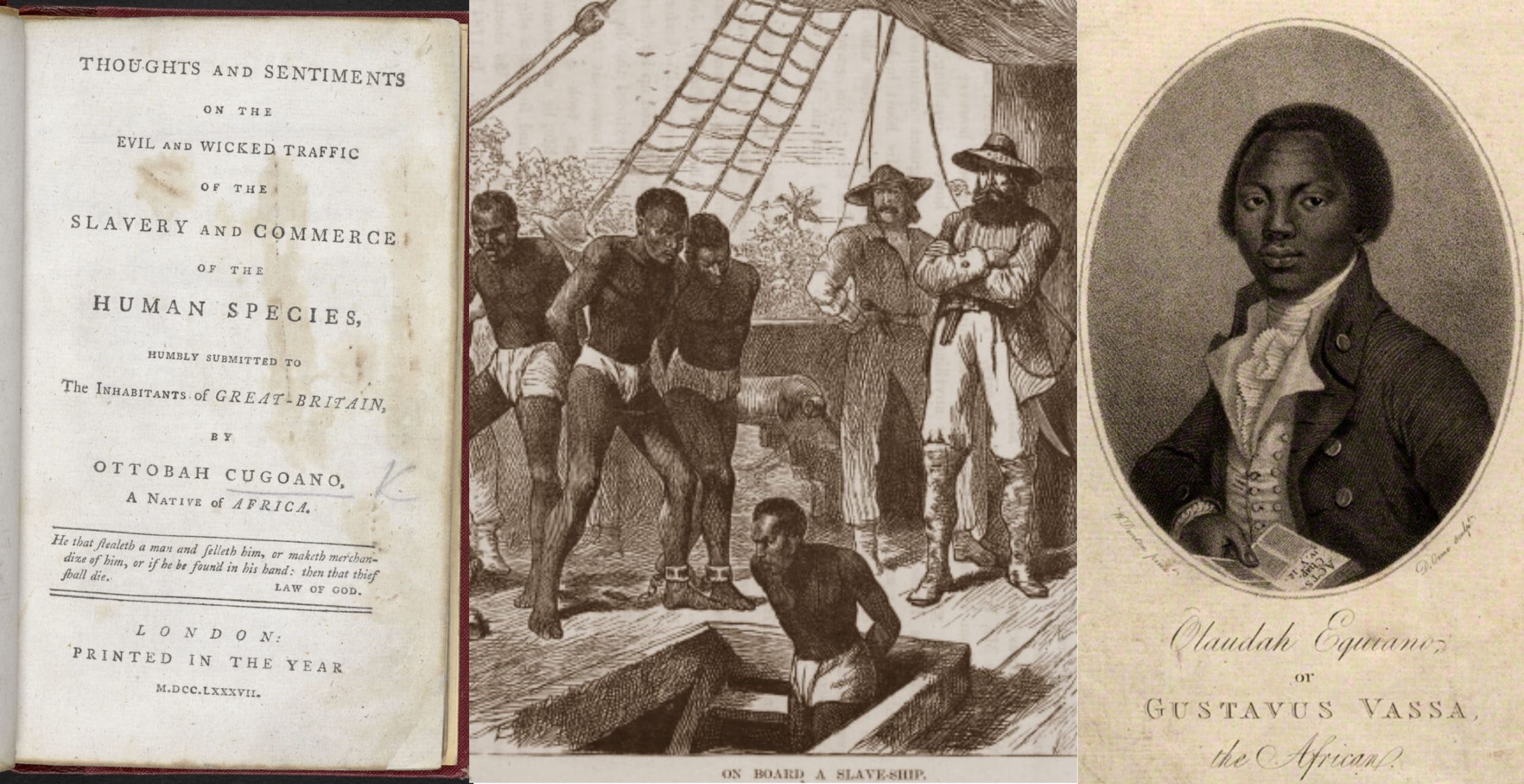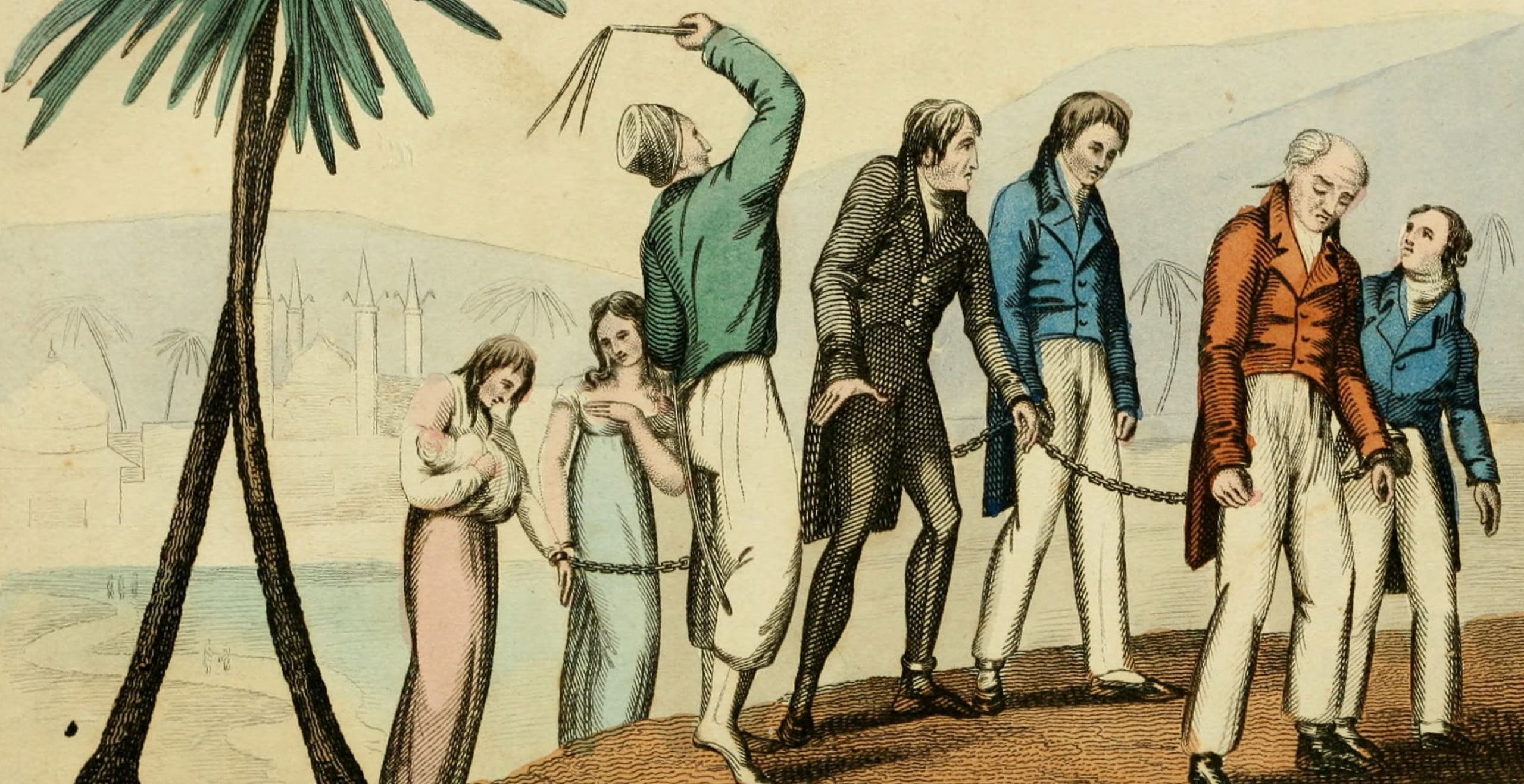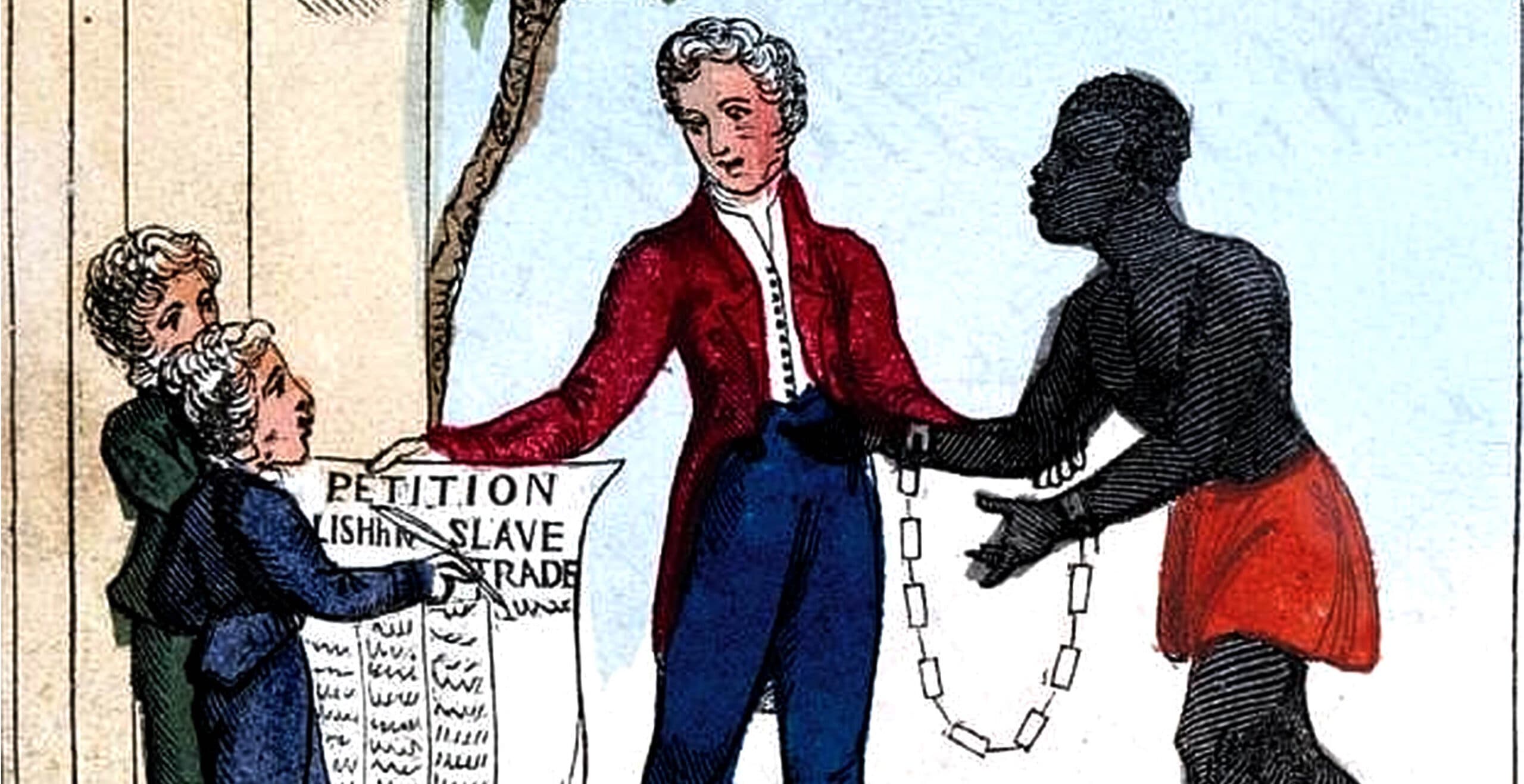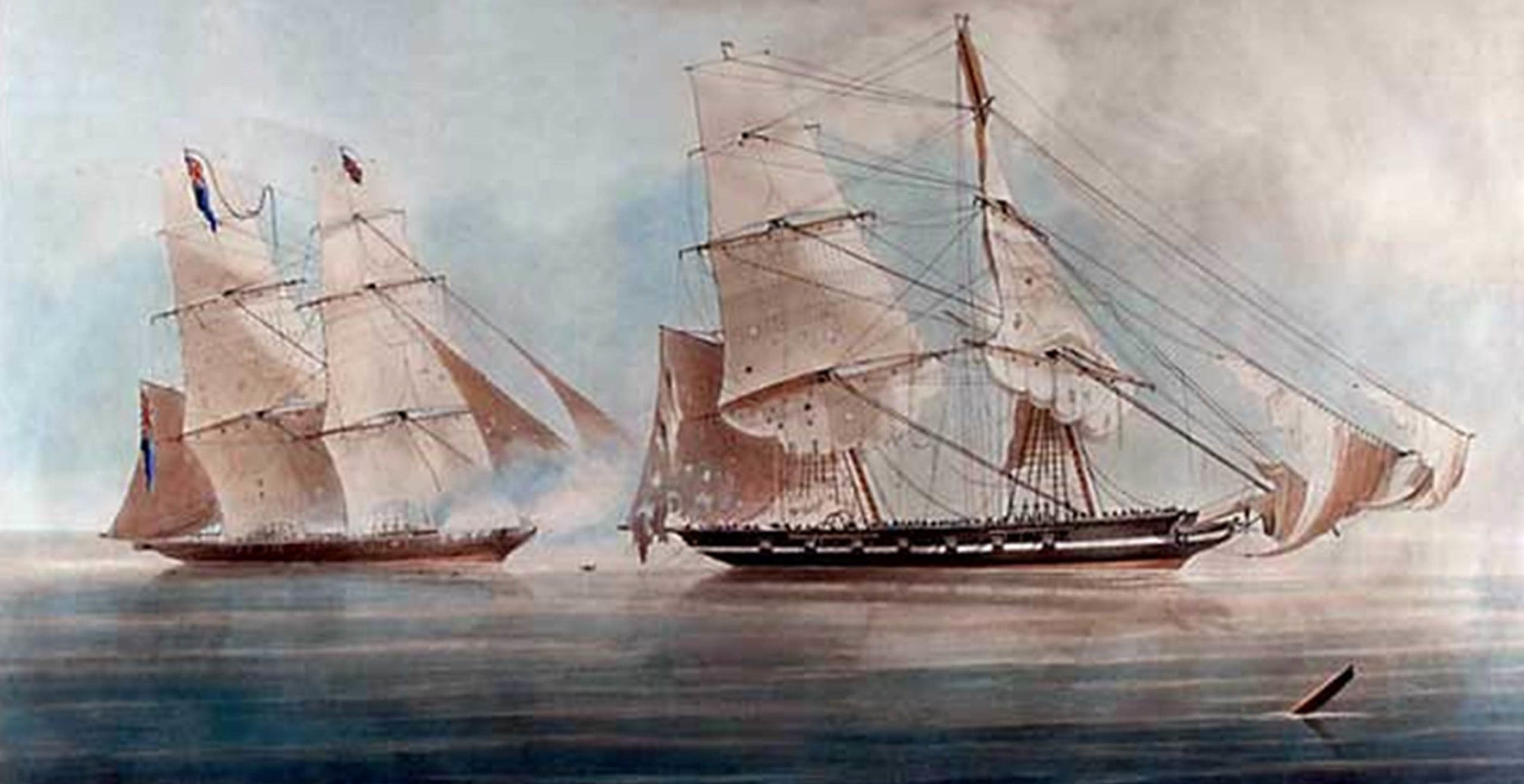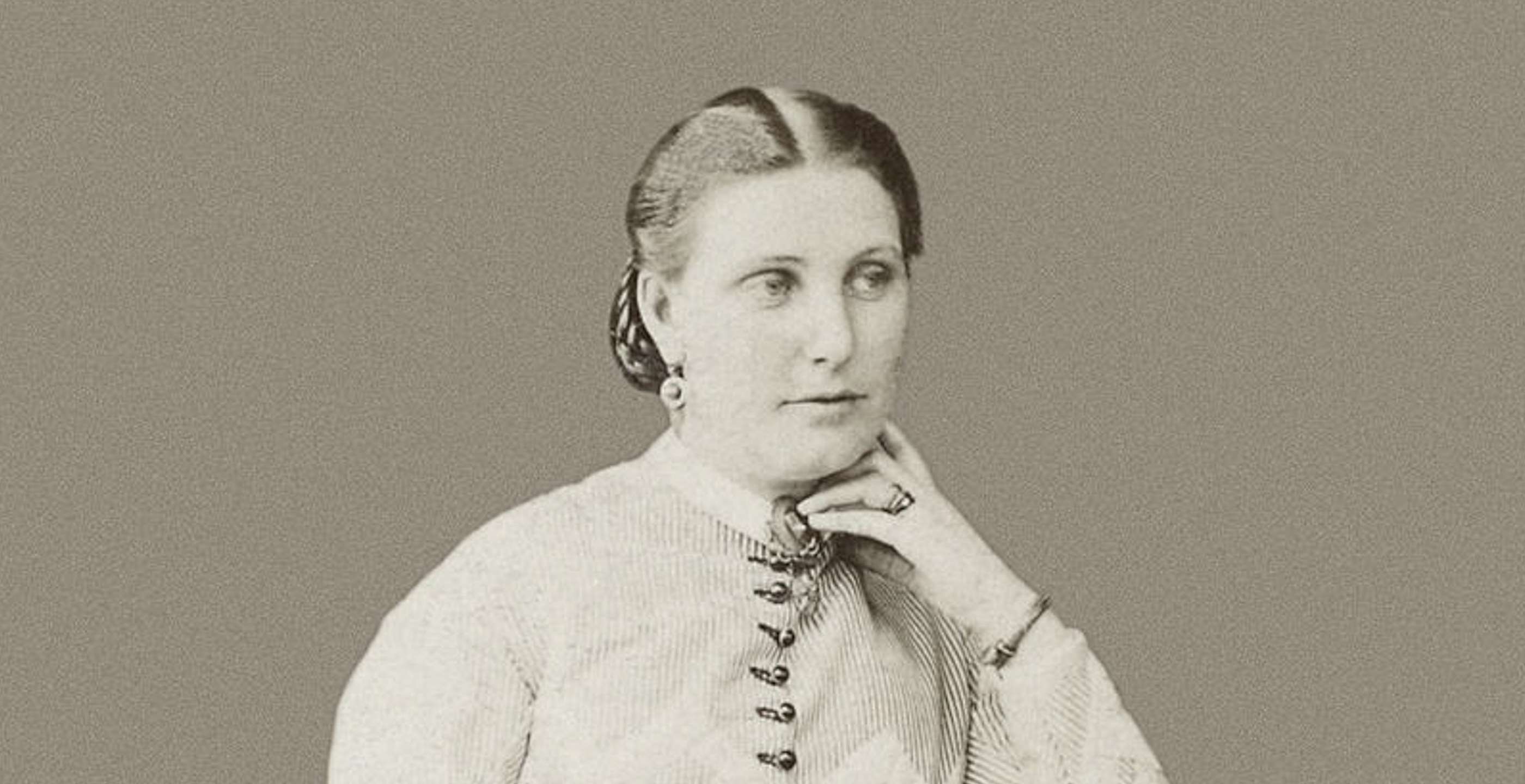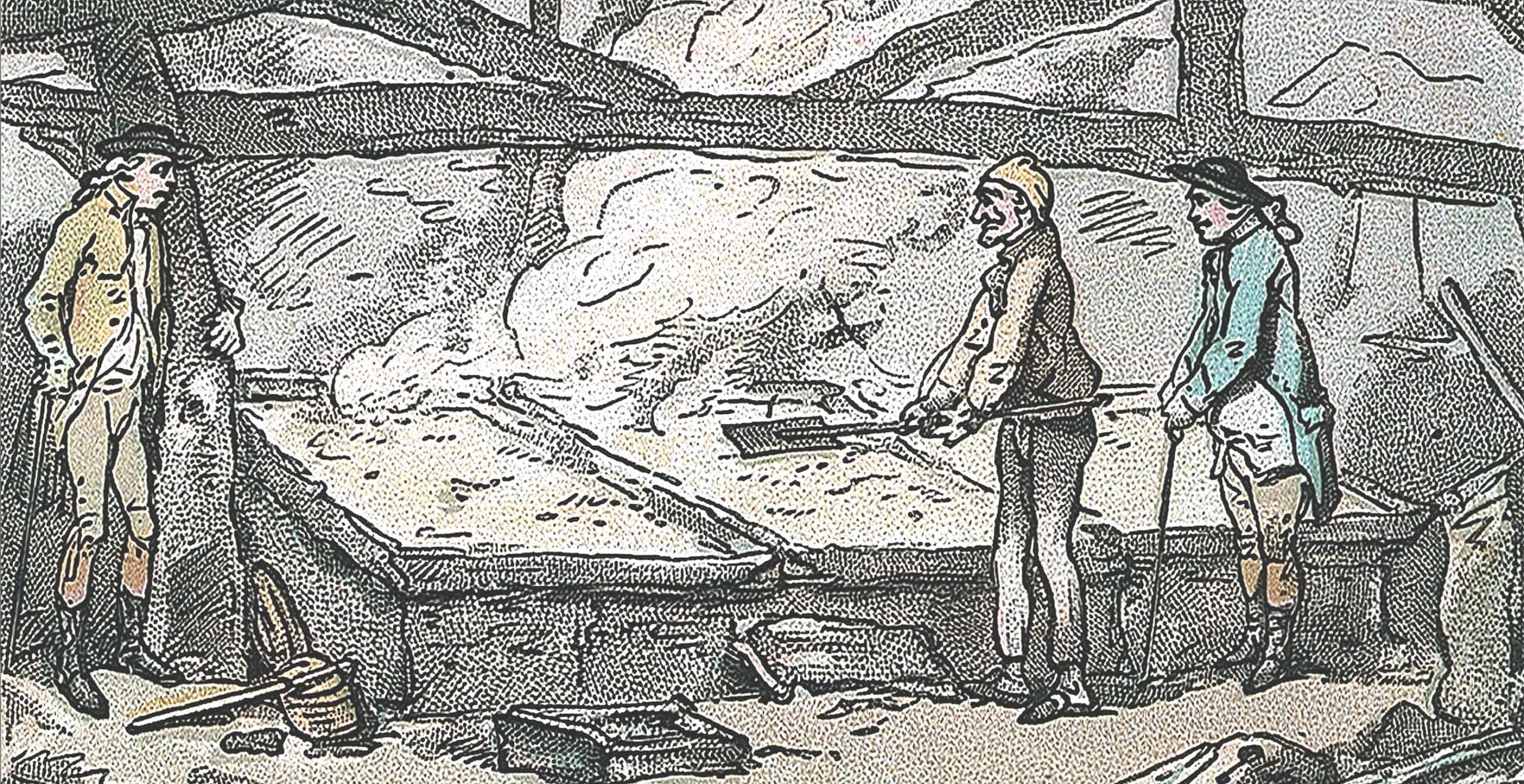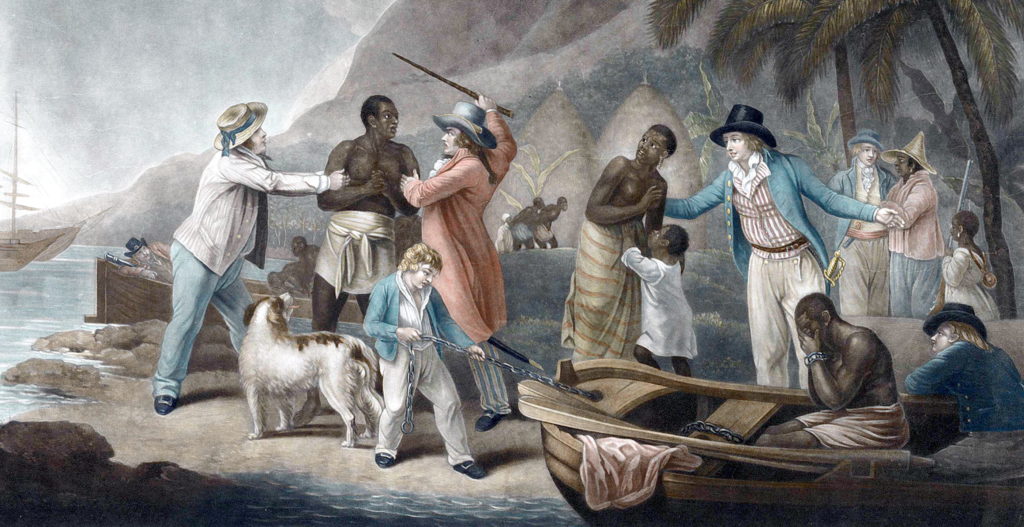In December 1850, Ellen and William Craft arrived in Liverpool, having completed a perilous journey escaping from their enslavement in America with a bounty on their heads. Now free from their servitude, they established a new life for themselves and started a family, living and working in England for almost two decades.
Their story begins in the deep south of the United States; both born into slavery in Georgia, William would end up training as a carpenter whilst Ellen served as a ladies maid.
Born in 1826, Ellen was the product of a mixed race female slave and her slave master, Major James Smith. Thus, Ellen was born with a fair complexion as she was three quarters white in ancestry and did not look dissimilar to her half-siblings, the legitimate children of the plantation owner, Major Smith.
When she was eleven years old, Ellen was given as a wedding gift to Eliza, one of her half-siblings, by Mrs Smith who was glad to be rid of this constant reminder of her husband’s infidelity, .
Now serving as a ladies maid to the mistress’s daughter, who also happened to be her own half-sister, Ellen was taken to live in Macon where young Eliza set up a home with her new husband, Dr Robert Collins. It was here that Ellen first came into contact with William, her future husband.
William had been born in Macon, separated from his family who had all been sold into slavery elsewhere. His owner would end up selling him in order to settle debts he had accumulated. William would subsequently be allowed to become an apprentice carpenter, although his master took the vast majority of his earnings at the end of the day.
William and Ellen first meet in 1846 and were later allowed to marry, as Ellen’s master Mr Collins had some interest in William.
Despite being allowed to marry, neither wanted to raise a family in slavery.
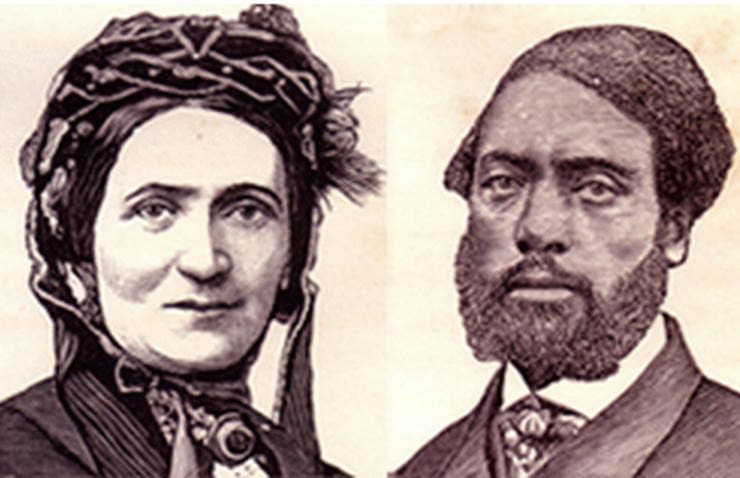
William took advantage of his work as a carpenter, putting aside a little money as he was hired for odd jobs in the area, enough to be able to make plans for him and Ellen to escape.
Two years later, the young couple took a leap of faith and embarked upon one of the most dangerous journeys they could take: a route out of enslavement.
It was Christmas 1848 when, after a perilous escape via train and steamboat from Georgia, the young couple finally arrived in Pennsylvania.
The escape had been a daring enterprise as they took advantage of Ellen’s pale complexion in order to pass her off as white. Moreover, they went as far as to dress Ellen up as a male, as it was uncommon to see a white female travelling alone.
Desperately hoping that they would be able to travel unhindered, they used a cover story that Ellen was a disabled white man travelling across the country for medical treatment, accompanied by his manservant. During the entire trip Ellen hoped that the cover of a disability would keep all interactions with other passengers to a minimum.
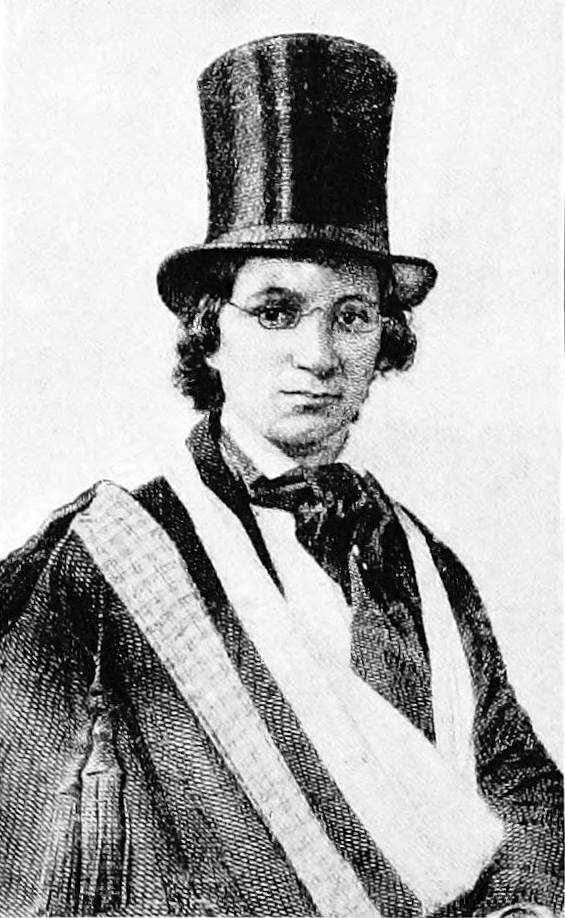
Moreover, she held her arm in a sling in order to hide the fact that she could not write. William meanwhile, had used all his earnings that he had managed to save, in order to buy Ellen the appropriate clothing to make her seem as convincing as possible.
With her hair cut and with the appropriate clothing, they travelled in a way that neither had ever experienced; in first class carriages and in hotels. The experience was fraught with danger and at any moment could have unravelled, however fortunately their elaborate plan succeeded and on Christmas morning they arrived in the free state of Pennsylvania.
Now in relative safety, they were welcomed by abolitionists William Lloyd Garrison and William Wells Brown, who encouraged their settlement in Boston.
Eventually the pair settled into the neighbourhood on the north side of Beacon Hill where other members of the free black community lived.
It was in Boston where they held their marriage ceremony and even had Ellen pose in her escape costume, a photograph which was widely circulated by the abolitionists.
Now working and living in Boston, during the next two years they made several public appearances and gave speeches about their escape and the harsh realities of slavery.
Sadly, their new life in Boston was about to be cut short when in 1850, Congress passed a new law known as the Fugitive Slave Act which essentially banned inhabitants from assisting fugitive slaves, and required residents to cooperate in seeing the former slaves returned back to their owners.
Within a month of this legislation, Mr Collins in Georgia had sent two bounty hunters to Boston in order to abduct and return Ellen and William Craft.
The abolitionist movement created the Boston Vigilance Committee in response to the new bill, and with their lives in great peril, the abolitionists decided to protect the Craft family at all costs.
This sadly did not go down well with Mr Collins who even went as far as to appeal the President of the United States in order to assist with the retrieval of his property. The President, Millard Fillmore agreed to his request and authorised the use of military force in order to return Ellen and William Craft to their owner in Georgia.
With nothing left to lose, the Crafts took a leap of faith and fled to England with the help of fellow abolitionists. Under the threat of kidnap, slavery and death, they managed to smuggle themselves as far as Nova Scotia where they were able to board a vessel bound for Liverpool in the north of England.
In a later memoir William described the moment he stepped foot in England:
“It was not until we stepped ashore at Liverpool that we were free from every slavish fear”.
William and Ellen began a new life in England, aided by prominent abolitionists in the country such as Wilson Armistead with whom they stayed with in Leeds for a while.
Moreover, those that came to their assistance helped ensure that the couple would be able to make something of themselves by providing them with an education which had been so cruelly denied to them.
In a village school in Surrey, Harriet Martineau arranged for a course of lessons, helping to teach William and Ellen how to read and write which would hold them in good stead for the later publications which they produced, as well as their campaigning and education work later in life.
Back in America, the pro-slavery groups were enraged by their successful escape and attempted to portray their arrival in England as something negative, a move that the couple regretted.
In response Ellen released a statement in which she declared:
“I had much rather starve in England, a free woman, than be a slave for the best man that ever breathed upon the American continent”.
Now happily settled in England, the couple started a family and went on to have five children together.
During their time in England they toured the country giving lectures with fellow escaped former slave, William Wells Brown. Their talks drew large crowds as the abolitionist cause gained greater traction with audiences across the United Kingdom.
Eventually the couple settled in Hammersmith, an area of west London from which they would organise the London Emancipation Society whilst keeping up their busy schedule touring the country and giving public talks.
In 1860, they released a publication called, “Running a Thousand Miles for Freedom” which detailed their intrepid escape and their story of fleeing enslavement in Georgia, making it one of the most powerful and personal narrative on the subject of slavery. Its popularity surged across both sides of the Atlantic.
Meanwhile, Ellen dedicated herself to many philanthropic causes, aligning herself with the fight for women’s suffrage whilst William invested his interest in Africa, in particular Benin, in attempt to discourage the slave trade at its roots.
Their home for many years in Hammersmith would play host to a variety of prominent figures in the abolitionist movement and became a nucleus of activism.
Back in America, the situation was changing rapidly as the Civil War had become to an end and brought with it the Thirteenth Amendment, passed in January of 1865 which abolished slavery. The release of millions of African Americans from their bondage led to Ellen and William Craft’s decision to return to America and live out the rest of their days as a free man and woman.
Abolitionist campaigners and former slaves, Ellen and William Craft’s story remains significant, not only for this chapter in history but as a representation of a greater narrative of survival.
Ellen and William Craft fought not just to exist but to live.
Jessica Brain is a freelance writer specialising in history. Based in Kent and a lover of all things historical.
Published: 24th February 2023.
